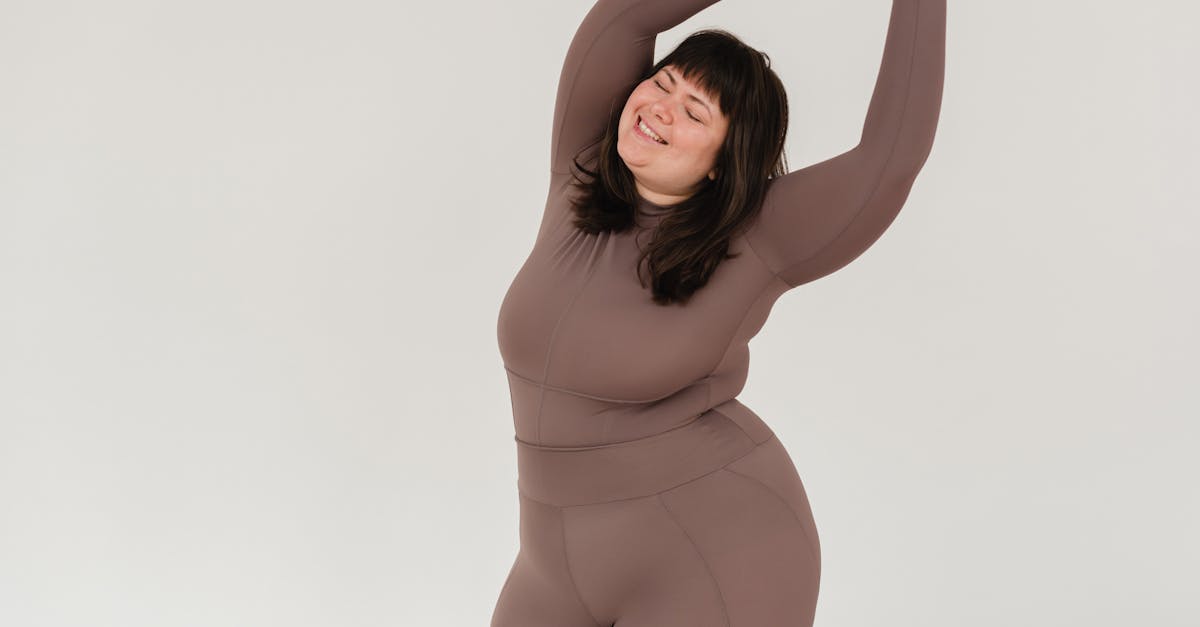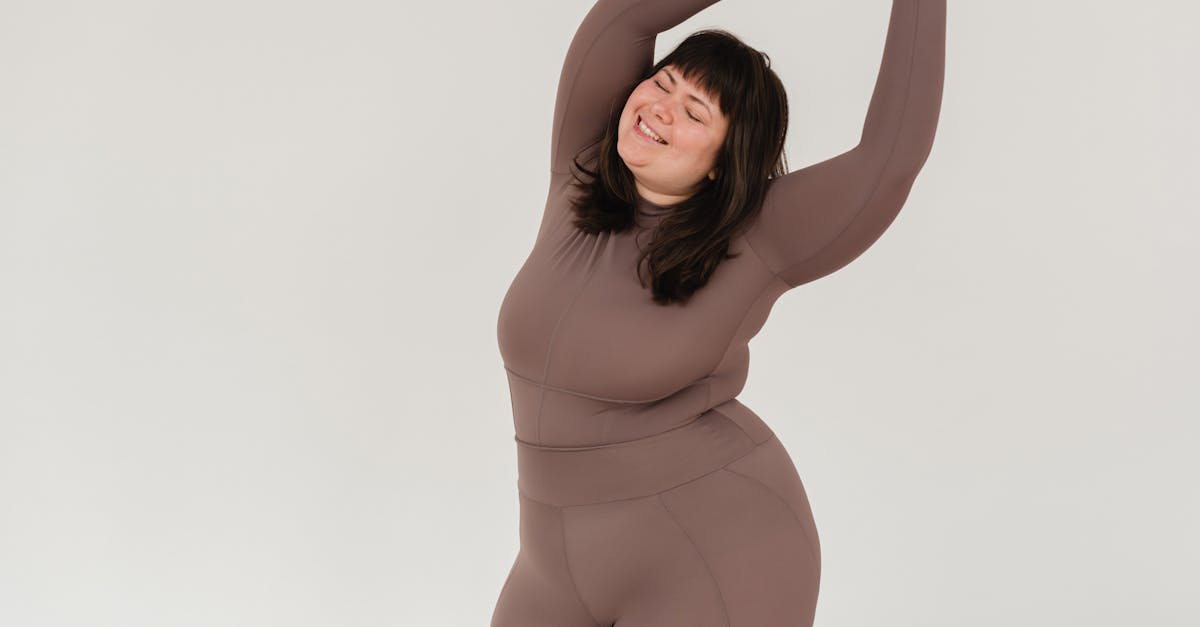Unlocking Hip Flexors: 10 Game-Changing Exercises for Enhanced Mobility
Mastering Hip Flexor Flexibility: Unlocking the Gateway to Enhanced Mobility

Unlocking Hip Flexors: The Key to Enhanced Mobility
Hip flexors play a vital role in our overall mobility and well-being. These muscles, located at the front of our thighs, allow us to bend at the hips and lift our knees towards our chest. When our hip flexors are tight, it can lead to various problems, including pain, reduced range of motion, and increased risk of injuries. That’s why it’s crucial to keep hip flexors flexible and strong.
In this article, we’ll explore the importance of hip flexors and provide you with a comprehensive guide to 10 exercises that can help you unlock their mobility. These exercises are designed to target specific hip flexor muscles, improving their flexibility, strength, and range of motion. By incorporating these exercises into your routine, you’ll not only enhance your mobility but also reduce the risk of pain and injuries, and improve your overall physical performance.
1. Understanding Hip Flexors: The Key to Mobility
Understanding Hip Flexors: The Key to Mobility
Hip flexors are a group of muscles located at the front of the thighs. They play a crucial role in hip flexion, which is the movement of bending at the hip joint and lifting the knee towards the chest. Hip flexors are essential for various everyday activities, such as walking, running, climbing stairs, and getting in and out of chairs.
The primary hip flexor muscles include the iliacus, psoas major, and rectus femoris. The iliacus and psoas major originate from the lower spine and pelvis, while the rectus femoris originates from the femur (thigh bone). These muscles work together to flex the hip joint and bring the thigh forward.
When hip flexors are tight or weak, it can lead to a variety of problems. Tight hip flexors can cause pain in the lower back, hips, and knees. They can also contribute to muscle imbalances and poor posture. Weak hip flexors can make it difficult to perform everyday activities that require hip flexion, such as walking or climbing stairs. Maintaining flexible and strong hip flexors is essential for optimal mobility, performance, and overall well-being.
2. Why Tight Hip Flexors Matter

Why Tight Hip Flexors Matter
Tight hip flexors can have a significant impact on your mobility, performance, and overall well-being. When these muscles are tight, they can pull on the pelvis and lower back, causing pain and discomfort. Tight hip flexors can also restrict your range of motion, making it difficult to perform everyday activities such as walking, running, and climbing stairs.
In addition to pain and reduced mobility, tight hip flexors can also increase your risk of injuries. When your hip flexors are tight, they can put excessive stress on your lower back, knees, and ankles. This can lead to pain, inflammation, and even more serious injuries such as muscle strains, ligament sprains, and stress fractures.
If you experience pain or discomfort in your lower back, hips, or knees, tight hip flexors may be the culprit. Stretching and strengthening these muscles can help to relieve pain, improve mobility, and reduce your risk of injuries.
3. 10 Exercises to Unlock Hip Flexors
10 Exercises to Unlock Hip Flexors
Here are 10 exercises that can help you improve hip flexor flexibility and strength:
-
Kneeling Hip Flexor Stretch: Kneel on one knee, with your other foot flat on the floor in front of you. Lean forward and place your hands on the floor in front of you. Gently push your hips forward until you feel a stretch in your hip flexors. Hold for 30 seconds.
-
Standing Quad Stretch: Stand with your feet hip-width apart. Bend your right knee and grab your right foot with your right hand. Pull your heel towards your buttocks until you feel a stretch in your quadriceps and hip flexors. Hold for 30 seconds. Repeat with your left leg.
-
Hip Flexor Stretch with Resistance Band: Attach a resistance band to the bottom of a sturdy object. Kneel on one knee, facing the object. Loop the other end of the band around your other foot. Lean forward and place your hands on the floor in front of you. Gently push your hips forward until you feel a stretch in your hip flexors. Hold for 30 seconds.
Kneeling Hip Flexor Stretch
Kneeling Hip Flexor Stretch
The kneeling hip flexor stretch is a simple and effective way to release tension in the hip flexors. This stretch targets the iliacus and psoas major muscles, which are the primary hip flexors. It can help to improve hip mobility, reduce pain, and prevent injuries.
Instructions:
-
Kneel on your right knee, with your left foot flat on the floor in front of you. Your right knee should be directly above your ankle.
-
Place your hands on your left thigh, just above your knee.
-
Gently lean forward and push your hips forward until you feel a stretch in your right hip flexor. Avoid arching your back.
-
Hold the stretch for 20-30 seconds.
-
Repeat on the other side.
Benefits:
The kneeling hip flexor stretch provides several benefits, including:
- Improved hip mobility
- Reduced pain in the hips and lower back
- Prevention of hip flexor injuries
- Enhanced athletic performance
Standing Quad Stretch
Standing Quad Stretch
The standing quad stretch is an effective way to target the quadriceps, which are the muscles on the front of the thighs. Tight quadriceps can contribute to hip flexor tightness, so stretching them can help to improve hip mobility and reduce pain.
Instructions:
-
Stand with your feet hip-width apart.
-
Bend your right knee and grab your right foot with your right hand.
-
Pull your heel towards your buttocks until you feel a stretch in your right quadriceps. Avoid arching your back.
-
Hold the stretch for 20-30 seconds.
-
Repeat on the other side.
Benefits:
The standing quad stretch provides several benefits, including:
- Improved hip mobility
- Reduced pain in the hips and knees
- Prevention of quadriceps injuries
- Enhanced athletic performance
Hip Flexor Stretch with Resistance Band
Hip Flexor Stretch with Resistance Band
The hip flexor stretch with resistance band is an advanced stretch that can help to deepen the stretch in the hip flexors and improve flexibility. This stretch is especially beneficial for athletes and individuals who have tight hip flexors due to prolonged sitting or other activities.
Instructions:
-
Attach a resistance band to the bottom of a sturdy object, such as a door handle or a squat rack.
-
Kneel on your right knee, facing the object. Loop the other end of the band around your left foot.
-
Lean forward and place your hands on the floor in front of you. Gently push your hips forward until you feel a stretch in your left hip flexor. Avoid arching your back.
-
Hold the stretch for 20-30 seconds.
-
Repeat on the other side.
Benefits:
The hip flexor stretch with resistance band provides several benefits, including:
- Improved hip flexibility
- Reduced pain in the hips and lower back
- Prevention of hip flexor injuries
- Enhanced athletic performance
4. Additional Tips for Enhanced Mobility

Additional Tips for Enhanced Hip Flexor Mobility
In addition to the exercises described above, there are several other lifestyle habits and techniques that can help to enhance hip flexor mobility. These include:
-
Foam rolling: Foam rolling is a self-massage technique that can help to release tension in the hip flexors and other muscles. To foam roll your hip flexors, lie on your back and place a foam roller under your right thigh, just above your knee. Gently roll your body back and forth over the foam roller, applying pressure to the hip flexors. Hold each spot for 20-30 seconds.
-
Stretching: In addition to the exercises described above, there are several other stretches that can help to improve hip flexor flexibility. Some of these stretches include the butterfly stretch, the couch stretch, and the 90/90 stretch.
-
Lifestyle habits: Certain lifestyle habits can contribute to tight hip flexors, such as prolonged sitting and inactivity. To avoid this, it is important to get regular exercise and to take breaks from sitting every 20-30 minutes to stretch and move around.
5. Conclusion: The Power of Flexible Hip Flexors
Conclusion: The Power of Flexible Hip Flexors
Hip flexors are essential muscles that play a vital role in our mobility and overall well-being. They allow us to bend at the hips, lift our knees towards our chest, and perform everyday activities such as walking, running, and climbing stairs. When hip flexors are tight or weak, it can lead to pain, reduced mobility, and increased risk of injuries.
Improving hip flexor mobility is essential for maintaining optimal physical performance and preventing injuries. The exercises provided in this article are specifically designed to target the hip flexors and improve their flexibility and strength. By incorporating these exercises into your routine, you can:
- Improve your range of motion and mobility
- Reduce pain in the hips, lower back, and knees
- Prevent hip flexor injuries
- Enhance your athletic performance
- Improve your overall quality of life
Quiz
- Which of the following is NOT a primary hip flexor muscle?
(a) Iliacus (b) Psoas major (c) Rectus femoris (d) Gluteus maximus
-
True or False: Tight hip flexors can contribute to lower back pain.
-
Which of the following exercises is an effective way to stretch the quadriceps, which can contribute to hip flexor tightness?
(a) Kneeling hip flexor stretch (b) Standing quad stretch (c) Hip flexor stretch with resistance band (d) Butterfly stretch
- What is one lifestyle habit that can contribute to tight hip flexors?
(a) Regular exercise (b) Prolonged sitting (c) Stretching (d) Foam rolling
- True or False: Improving hip flexor mobility can enhance athletic performance.
Answer Key
- (d) Gluteus maximus
- True
- (b) Standing quad stretch
- (b) Prolonged sitting
- True
